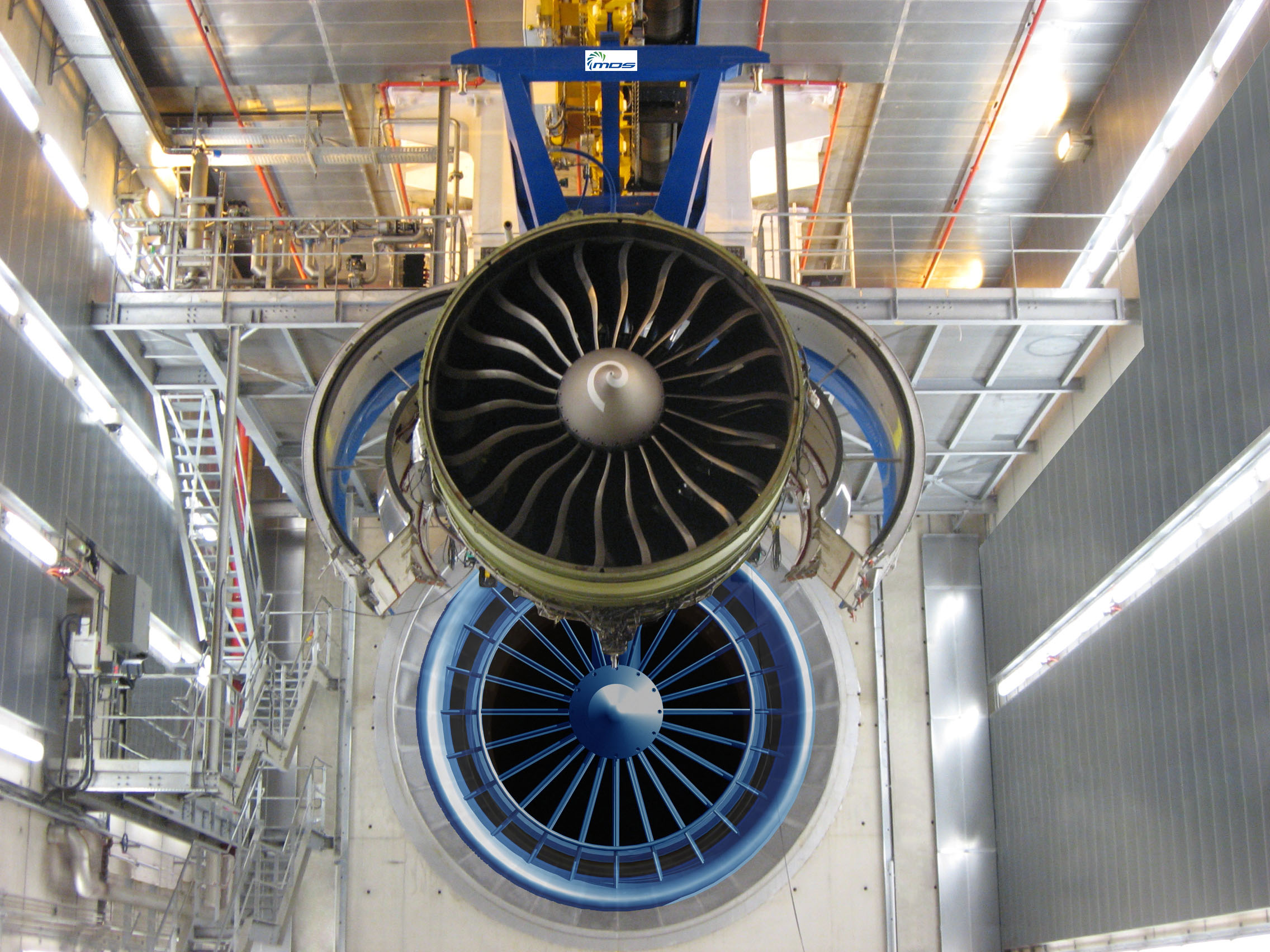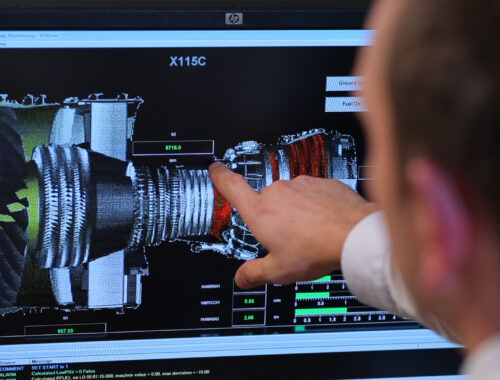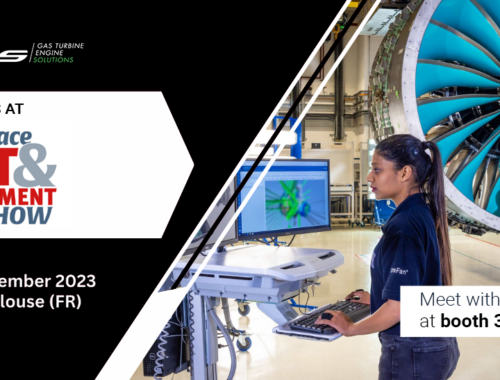The Power of Going Green

Our team at MDS is taking an active approach to preserving and protecting our precious environment. Committed to sustainable energy services, we have made the strategic decision to include energy-conscious solutions for our clients. The field of innovative energy is growing every day; we are actively contributing to that growth by expanding our core services to include specialized innovative energy services and energy systems engineering.
We encourage our clients to “think green” by offering environmentally conscious choices during the development phase of our projects. Working closely with local Ottawa company J.L. Richards, we have the means to offer our clients sustainable solutions that can make use of energy that would otherwise be wasted. Their Innovative Energy Group designs systems that can be integrated into building design to provide operational savings. By offering these opportunities up front, we can help put our clients on a more environmentally-friendly path by developing a plan to reduce their carbon footprint. Energy efficiency, energy recovery, and renewable energy generation are some of the solutions we offer.
Photovoltaic (PV) generation systems available with today’s technologies can provide competitively priced electricity to our clients. They can be particularly economic when incorporated in the initial design of a new building. A client’s electricity rate structure and building characteristics can be evaluated and an optimized approach can be developed to specifically suit their needs. These systems can often be deployed quickly and require very little maintenance.
Heat recovery is an option to make use of the immense thermal energy from engine exhaust. Testing engines produces high quantities of energy which can be redirected into more useful applications, like heating a facility or delivering it to neighbouring buildings with high heat loads. These systems must be carefully designed to capture heat from the waste exhaust, but not interfere with the operation of the test facility.
Energy storage systems for facilities that include regular testing of turbine generators can capture the free waste electricity and re-purpose it as electricity for the facility. Battery storage costs are dropping at a rapid pace and can now be adopted in a wide number of applications. Alternatively, thermal energy storage that is integrated within the facility’s heating system may also be considered.
Energy efficiency improvements are known to be the lowest cost approach to reducing a facility’s energy bills. Ventilation systems, building envelop investments, lighting, and any other energy use are often cost drivers when it comes to energy. Opportunities may range from small retrofits all the way to the development of a high-performance building that achieves one or more types of environment certificates.
A patented Kinetic Energy Recovery system could change the face of facility exhaust design
The current ejection system of an engine test facility does nothing to harness the potential power being released by the engine itself, nor the massive amounts of by-pass air traveling around the engine when it is running. MDS would like to change that. A patent on an ambitious green technology will bring MDS one step closer to realizing our goals for a sustainable future in the engine testing arena.
The Kinetic Energy Recovery (KER) system captures most of the kinetic energy wasted by current testing practices. Simply put, KER is a robust turbine placed behind the engine that converts the kinetic energy in the airflow into useful mechanical energy, which is then used to drive a generator. The generator converts this mechanical energy into useable electricity, while keeping the aerodynamic integrity of the test cell intact. KER also solves the challenge of transmitting large amounts of intermittent power onto the grid. By using emerging smart grid technologies, we create a constant power feed to either the client’s internal grid or to the utility. Reducing overall test cell footprint, cost savings in silencing treatment, and the potential for income from electricity sales are just some of the many benefits of KER.
Expanding our work on computer simulations and developing a small-scale model are some of the activities we are undertaking to prove the KER technology.

When it comes to meeting sustainability goals, electric transportation is the future
Airbus’s E-Fan X hybrid-electric technology demonstrator will be the first step to making electric flight a reality. Set to fly in 2020 following extensive ground testing, the E-Fan X program will see one of the four gas turbine engines on a BAe 146 aircraft replaced with a two-megawatt electric motor. The international leader in designing, manufacturing, and delivering commercial aircraft, has selected MDS to deliver critical test systems for the E-Fan X Test Bench.
Electric transportation is the future, and at MDS we are proudly supporting green innovation programs on this path to sustainability. Our environment is precious, and innovative energy solutions are key to its preservation and perpetuation.









